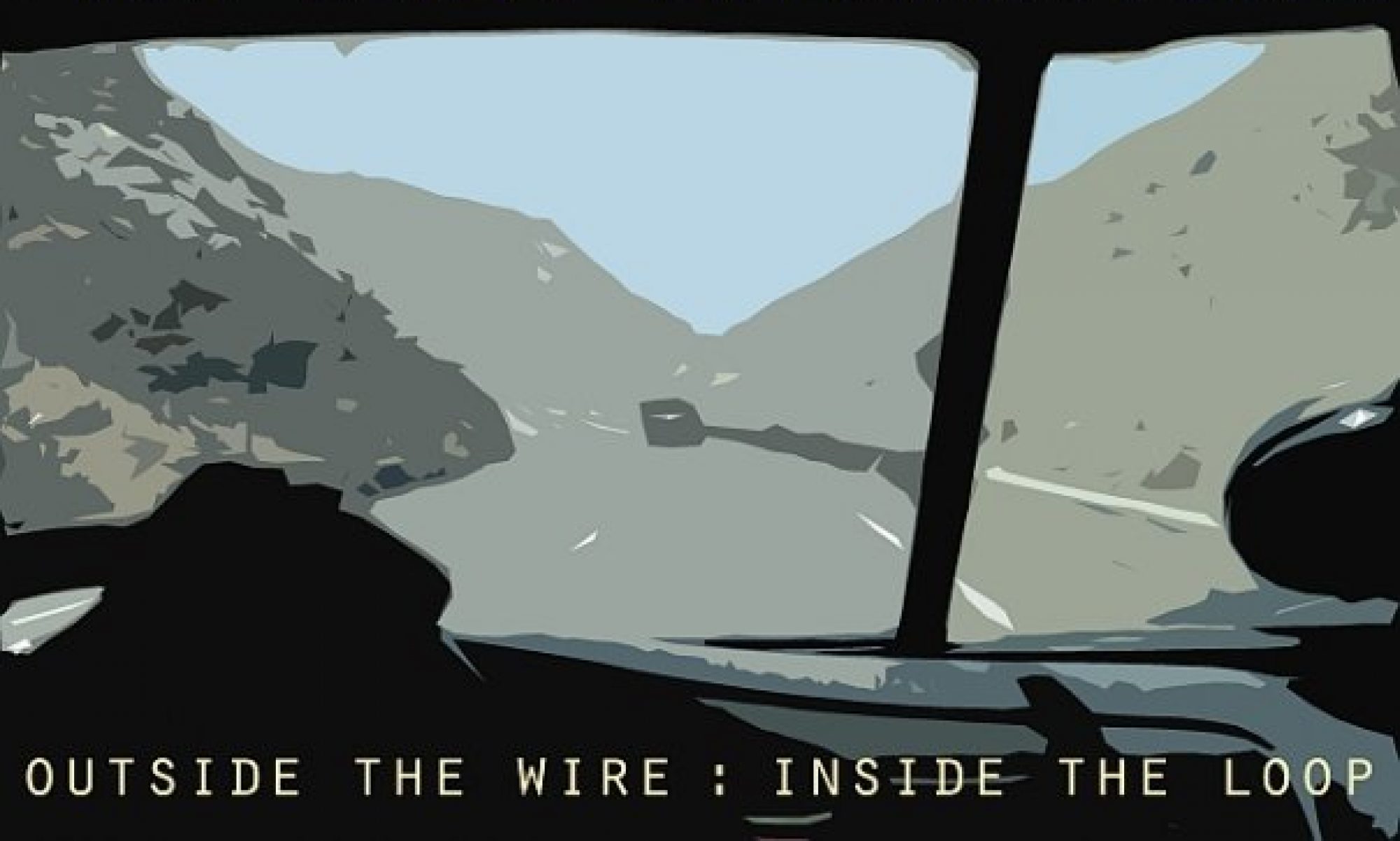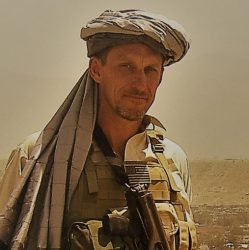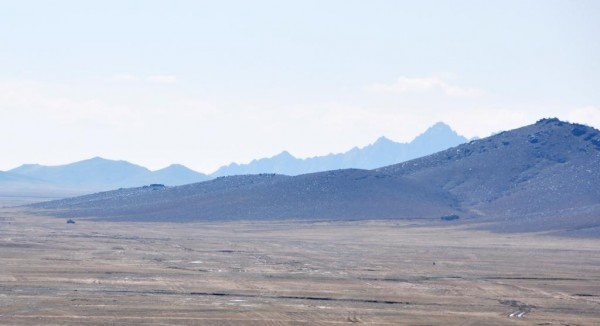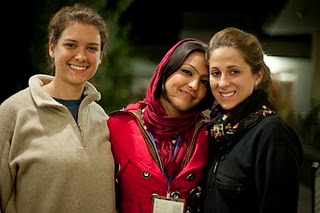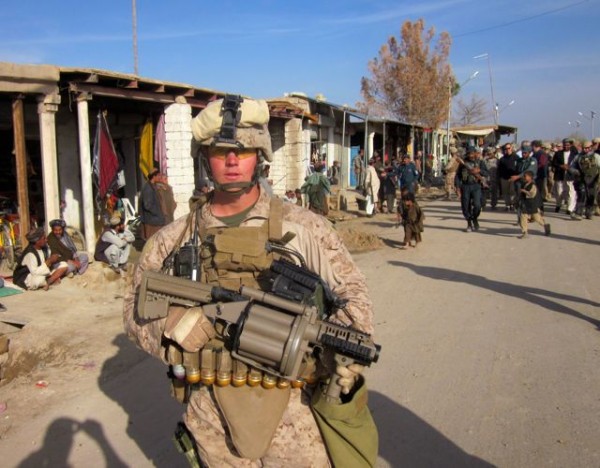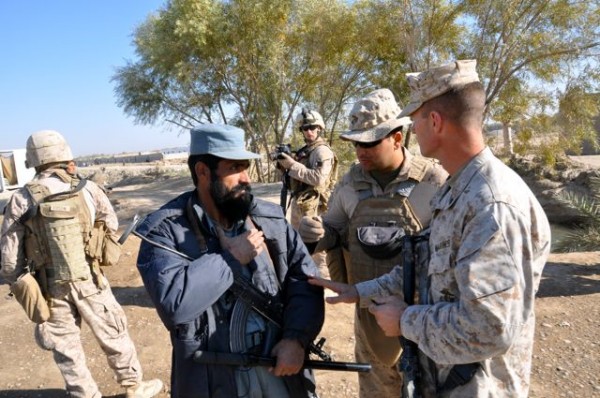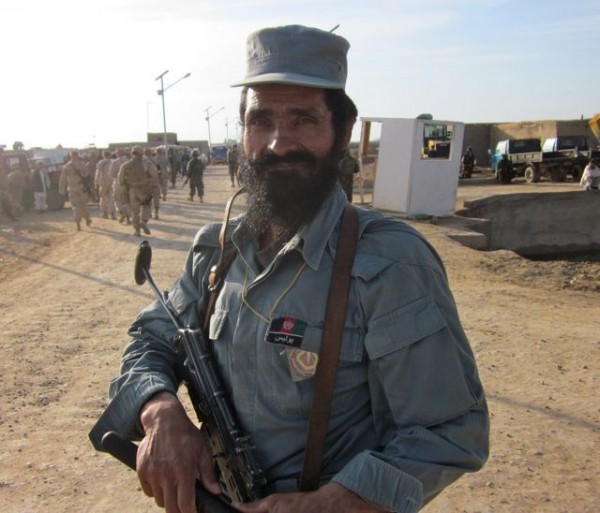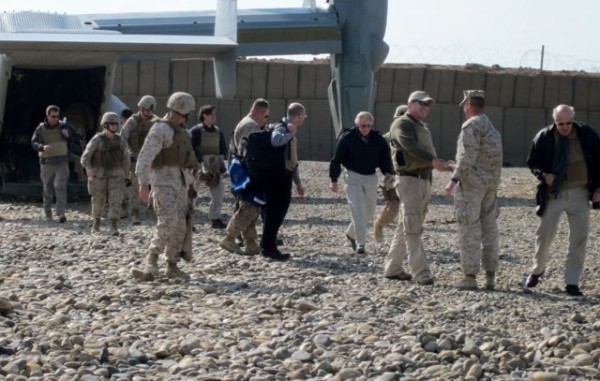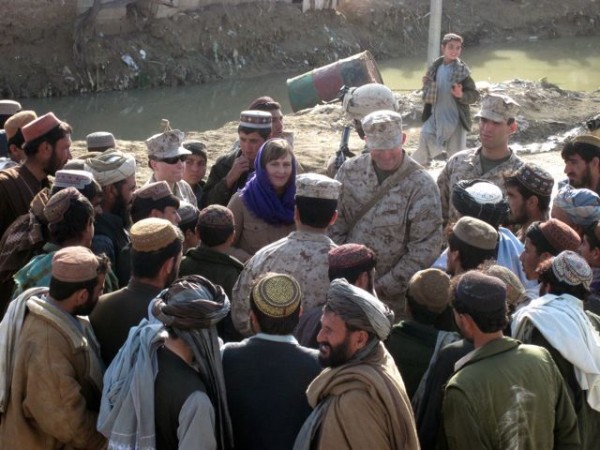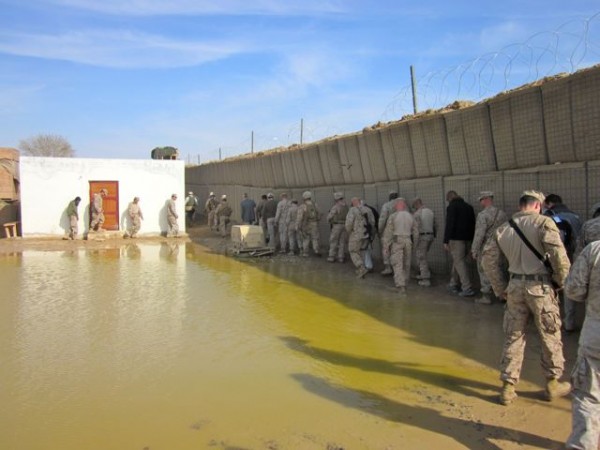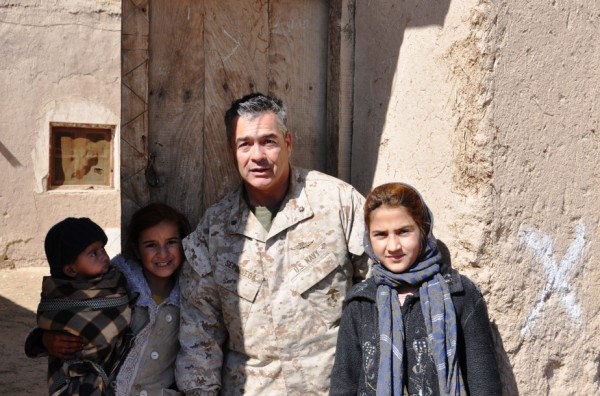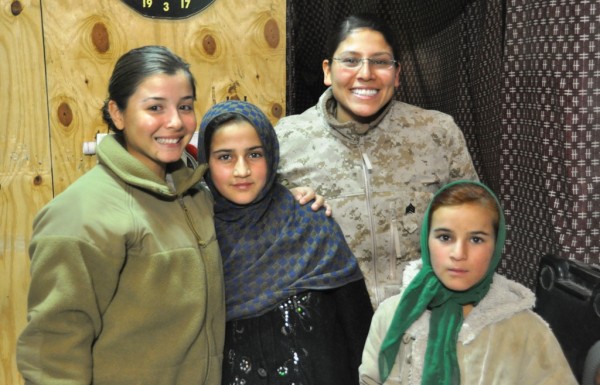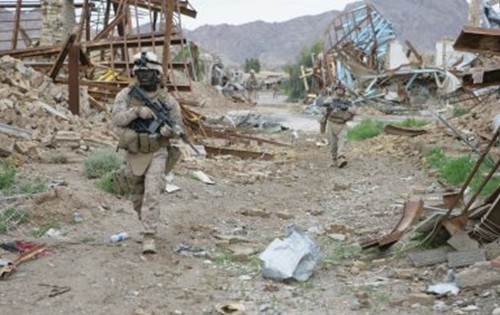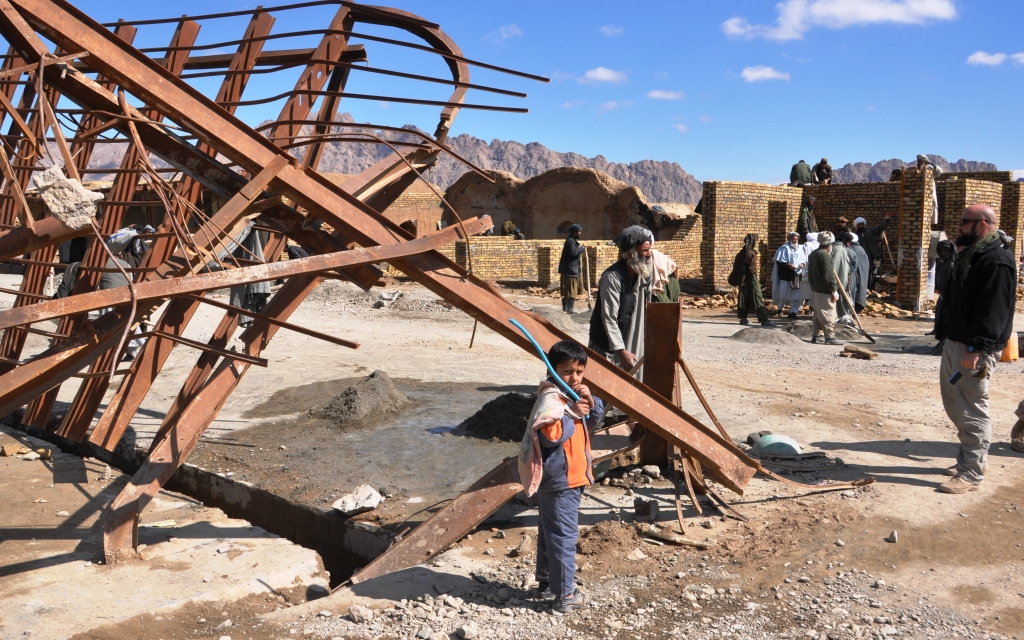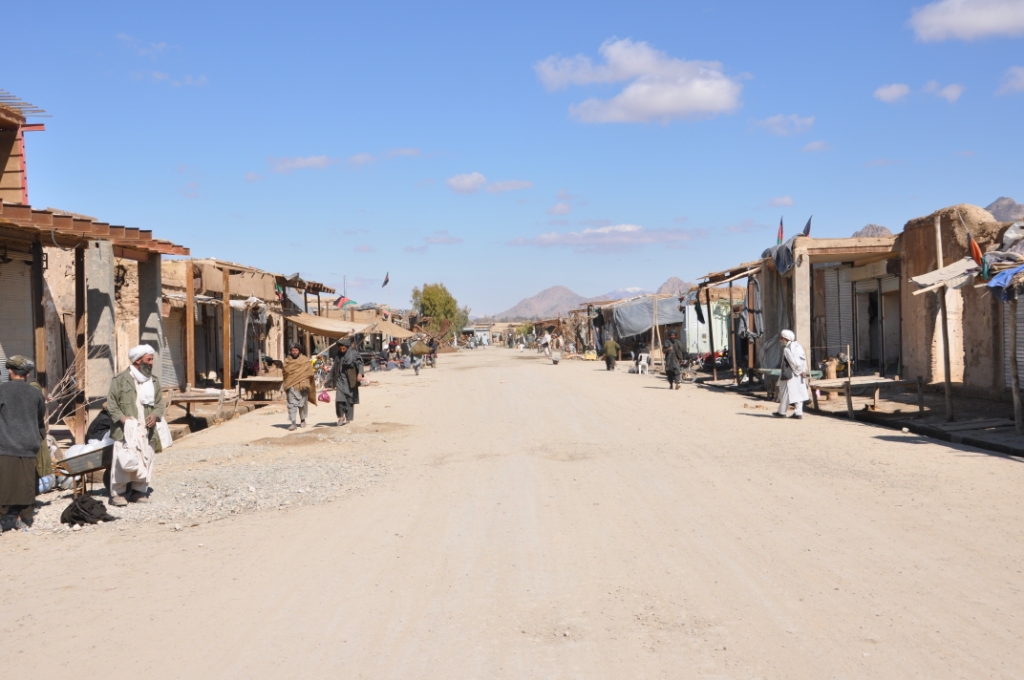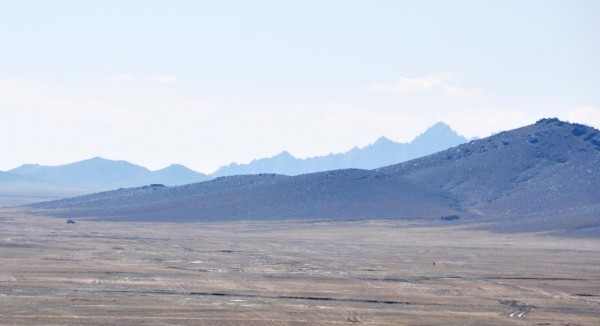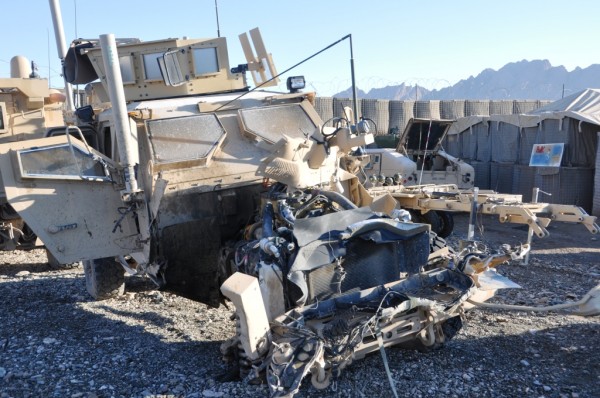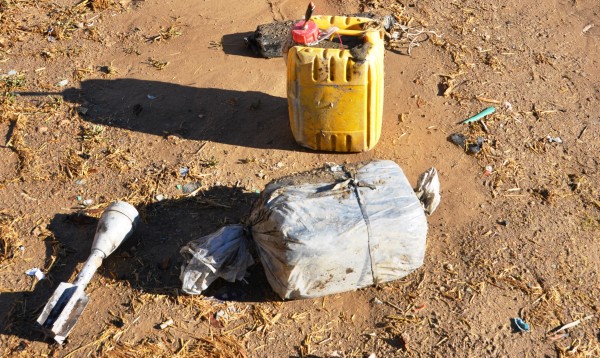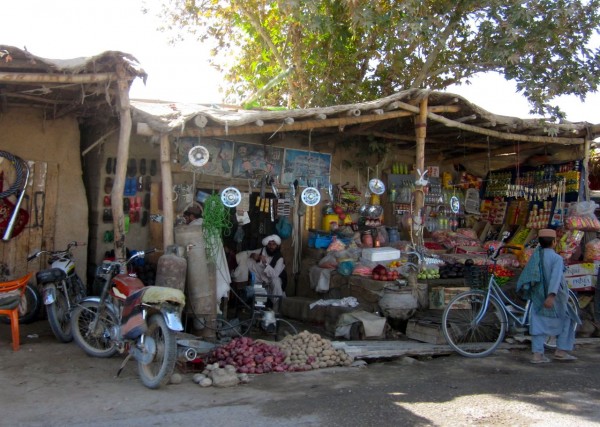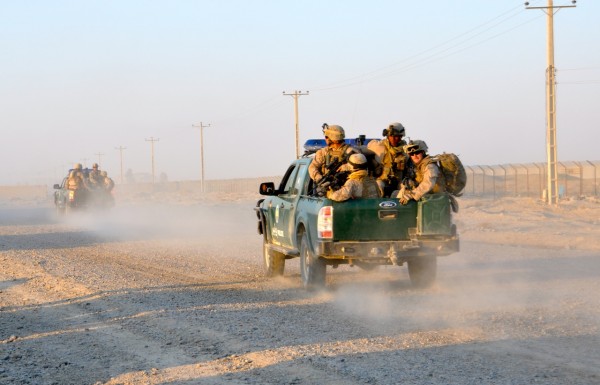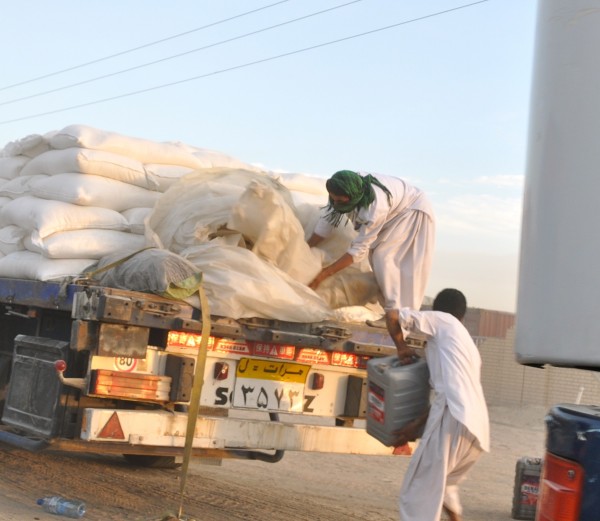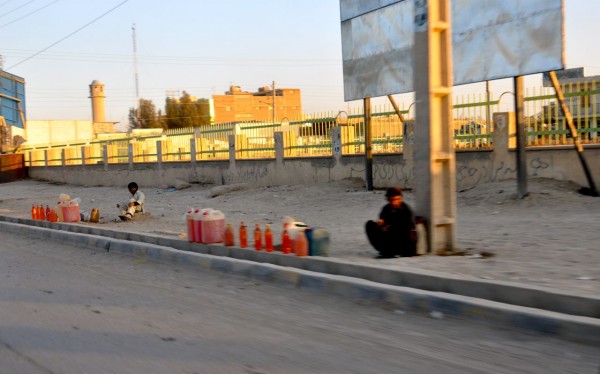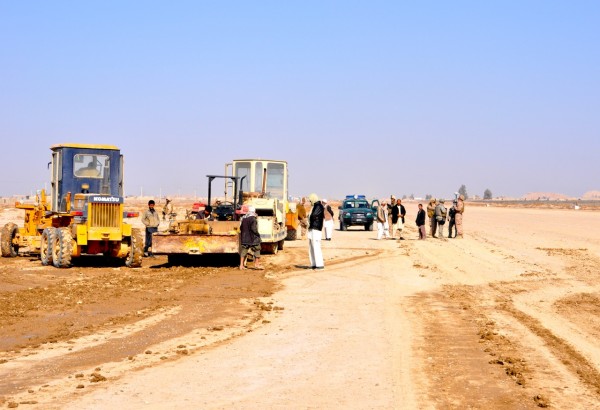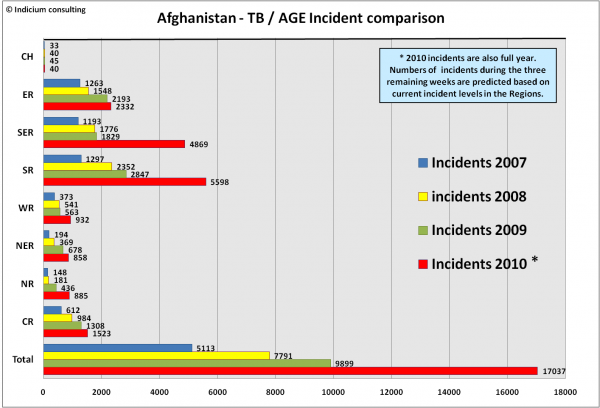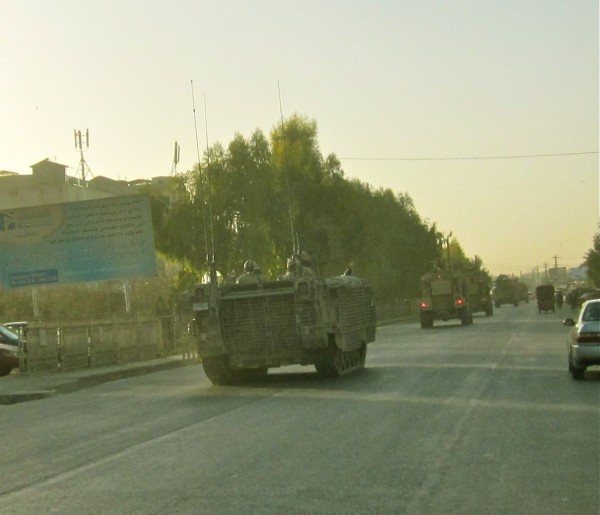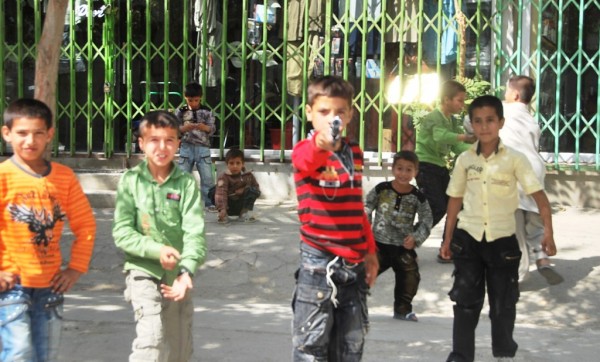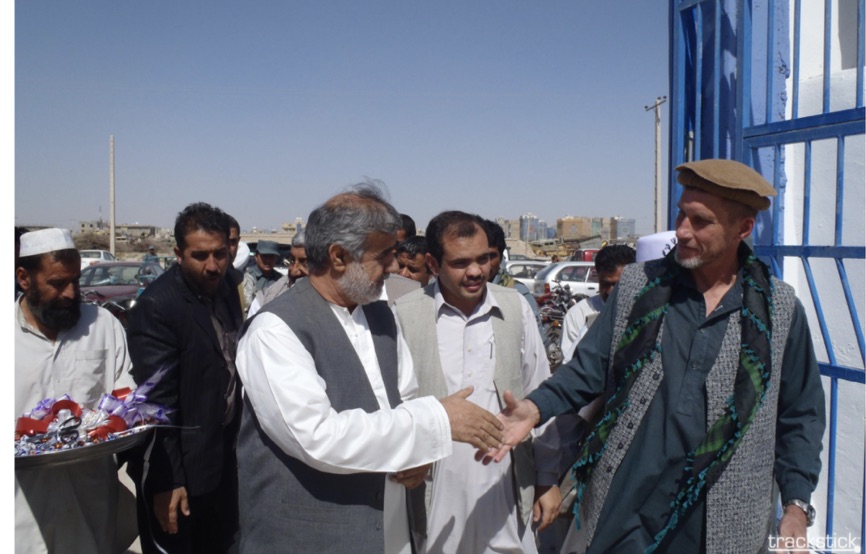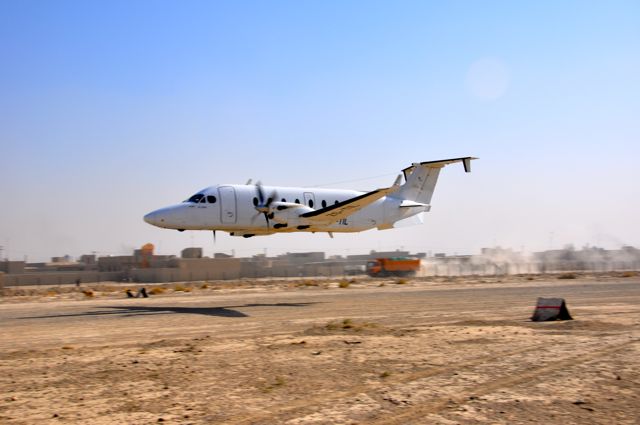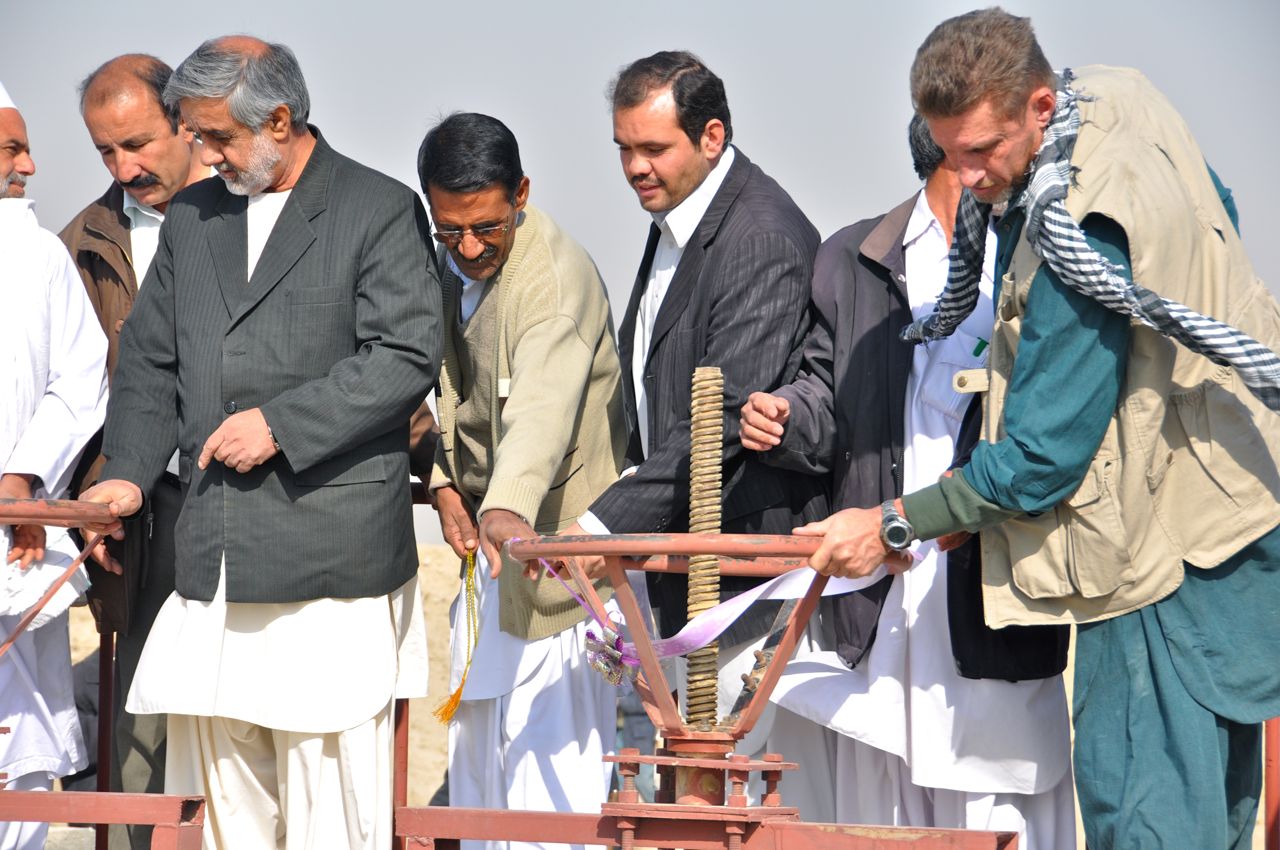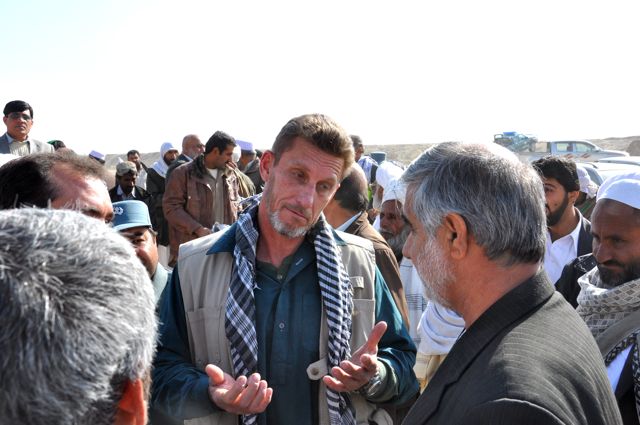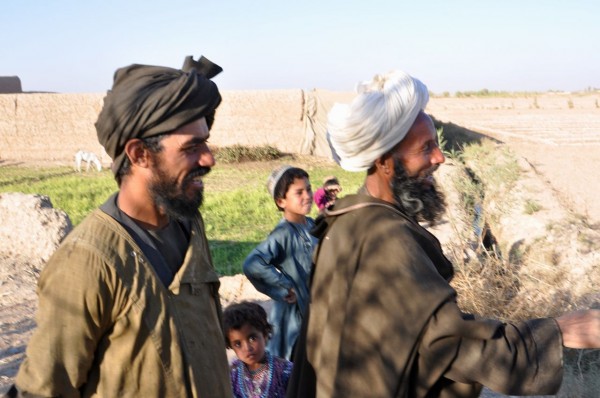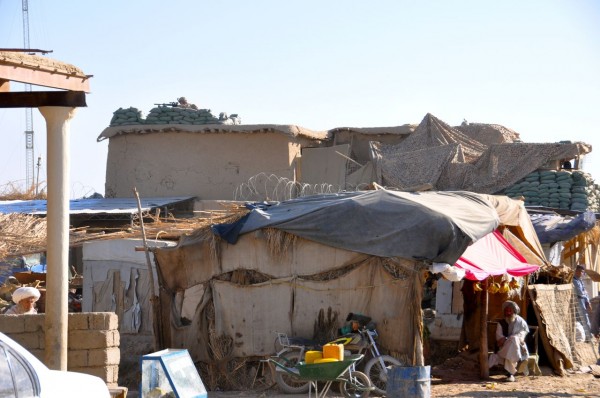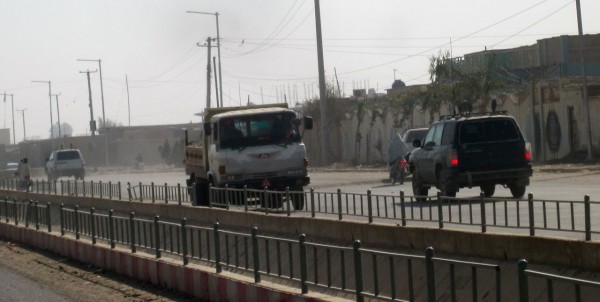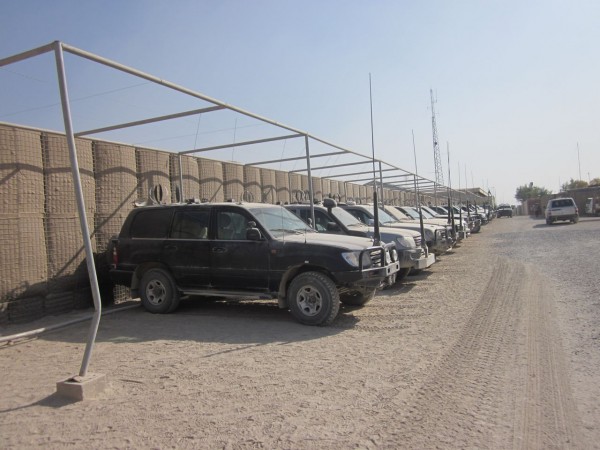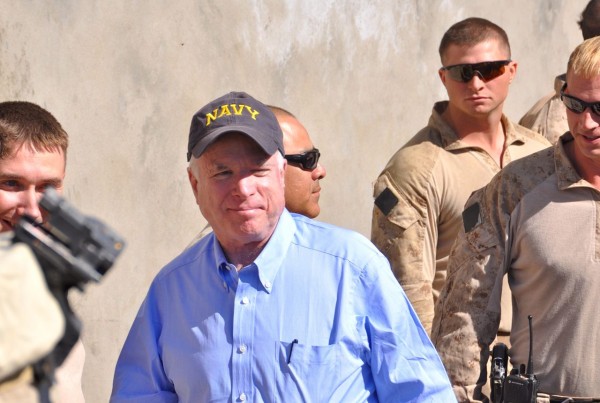The killings in Mazar-i Sharif followed by rioting in Kandahar, Jalalabad and towns across the country are more than a little troubling. Joshua Foust posted on the topic expressing concern about the viability of internationals remaining outside the wire which makes me concerned too because Joshua isn’t one to cry wolf.. Registan.net then added a post by Joel Hafvenstein arguing that the insurgency is not targeting aid workers and the time to talk of pulling out has not been reached.
Kandahar, where protests broke out on Saturday was locked down until this morning by ISAF. We had our own scare today when a villain walking near the Governors compound spontaneously detonated (malfunctions are as predictable as rain with Afghan suicide bombers) and his partner immediately started running down a side street towards our compound. He was brought down in a spirited fusillade most of which seemed to snap over our compound walls. This meeting engagement in downtown Lash apparently disrupted crowds which were gathering in the surrounding neighborhoods for a Koran burning protest. We dispatched scouts to check out the city when we heard that but they reported the town to be locked down, streets empty and ANSF check points everywhere. There was a Koran burning protest across the river fronting the main Lashar Gah bazaar but the ANSF won’t let them into the city. The locals know that a large agitated mob would result in indiscriminate looting of the bazaar so the local elders were in the ANP HQ by the afternoon complaining bitterly about allowing crowds to form in the first place.
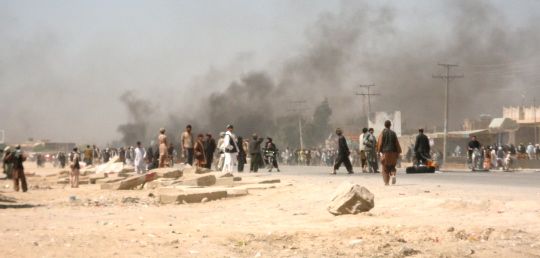
The violent protests in Kandahar left at least 8 Afghans dead and caused a complete lockdown of the city by ISAF ground combat units. I’m ignoring the attacks on the Kabul ISAF bases last Friday. Attacking them is a stupid, meaningless gesture which puts Afghan civilians caught in the crossfire at much greater risk then the international troops who guard the ECP’s. The rioting in Kandahar is not a big surprise given the powder keg nature of the city as ISAF and ANSF forces continue to put the screws to Taliban networks. The attack on a UN Compound in Mazar in which two of the Nepalese guards were reportedly beheaded is a little harder to explain.
The Wall Street Journal released the well researched article Inside the Massacre at Afghan Compound which gives a good account of what happened and why ISAF did not respond in time. Mazar-i Sharif has indeed always been considered one of the safest towns in the country for foreigners. Back in ’06 and ’07 when I frequently traveled to Mazar we considered the entire area to be benign and never carried rifles or body armor. Just as in Jalalabad, a town reportedly hit with Koran burning protests today, the security situation in Mazar deteriorated dramatically during 2010. I have heard from friends that the armed guards in the UN compound did surrendered their weapons without firing a shot. That is not a big surprise. Shooting into a crowd of unarmed people is not an easy thing to do.
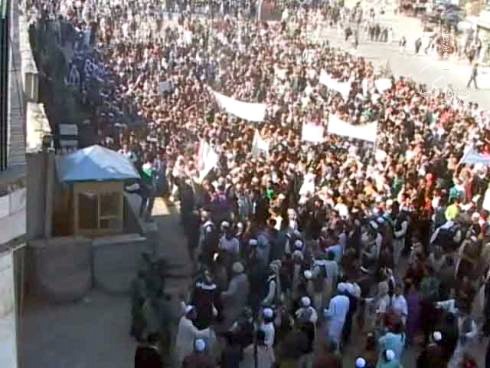
Private Security Companies in Afghanistan are not allowed to have CS or any other kind of grenade (except smoke) in their inventory so the UN guards could not volley CS gas over the walls in an effort to drive the mob away. Nor could they volley frags and as you can see from the picture above gunfire would have been effective only if they started drilling a lot of people fast. Most folks in that situation will decide lethal force is an option which will most likely make the situation worse. Identifying the tipping point when lethal force would be appropriate would have been next to impossible last Friday. Trusting your fate to the mercy of the mob is a plan that could very likely go very wrong but most of us would probably go that route if the alternative is shooting massive numbers of unarmed people. But not now.
Reuters is reporting:
A senior interior ministry investigator said on Sunday the killers of the U.N. staff appear to have been “reintegrated” Taliban — fighters who had formally laid down arms — although the insurgents have denied any role in the attack.
Over 30 people have been arrested, from areas as far afield as southern Kandahar, western Herat and central Baghlan province, said Munir Ahmad Farhad, a spokesman for the provincial governor.
If all those bad actors converged on Mazar-i Sharif to start a riot it was most likely because Mazar has a reputation as being safe. It would be much harder to pull off a similar stunt in Lash and we saw how quickly the protests in Kandahar were locked down. The security forces in contested areas react much faster to large unruly crowds. In Mazar they were used to how things go in Mazar; they have never locked down the city nor have they ever had to deal with multiple Taliban complex attacks. It appears the Koran burning provided the perfect opportunity for an organization with motive, money and organization to whip a large crowd out of control. It would not surprise me if the killers were imported and paid too, but that is speculation on my part. I note with interest that the Taliban have not claimed responsibility.
I am seeing things the same way as Joel Hafvenstein regarding the Afghanistan Aid effort; I don’t know of any company out here slowing down operations or packing up to go home. The security situation deteriorated rapidly in the past 12 months except for in the Helmand and Kandahar Provinces where most population centers are solidly under ISAF/ANSF control. I still think this summer could be a tipping point if the Taliban continue to get shredded in their southern homeland but we’ll have to see. It may not prove to be decisive in the long term but then again who knows? It’s going to be an interesting summer.
